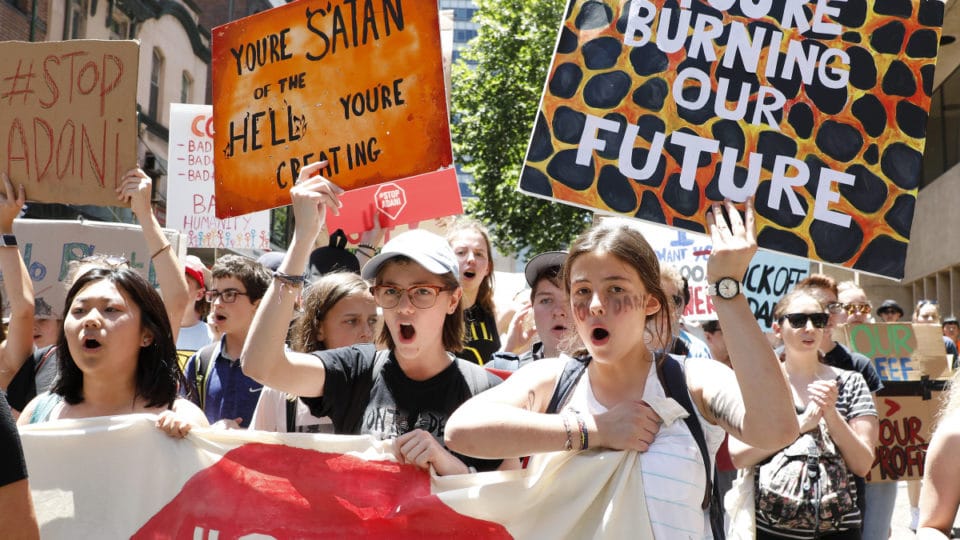Social media as a form of political activism

 I know the phrase “Social media is all around us!” is extremely cliche, but it does hold truth. Social media impacts how we meet people, communicate with others, present ourselves (genuinely or insincerely), expose ourselves to lifestyles different from ours, and learn about the world outside our personal borders. I can say, for better or worse, that I get my news from social media platforms such as Twitter, Instagram, YouTube, Snapchat, and even TikTok.
I know the phrase “Social media is all around us!” is extremely cliche, but it does hold truth. Social media impacts how we meet people, communicate with others, present ourselves (genuinely or insincerely), expose ourselves to lifestyles different from ours, and learn about the world outside our personal borders. I can say, for better or worse, that I get my news from social media platforms such as Twitter, Instagram, YouTube, Snapchat, and even TikTok.
Many argue that social media is detrimental to society. It has been proven to increase rates of cyberbullying, mental health issues, and more. It is obvious why social media can be seen as harmful; however, there are also significant benefits to be gained from using social media. It gives a voice to individuals. Social media users can efficiently send messages to larger audiences, engage in important conversations that can bring positive change to society, and create support for important causes through hashtag campaigns and more.
Political activism has evolved over the course of United States’ history. It can be complex as organizing a city-wide protest or as simple as the refusal of Rosa Parks to give up her seat. Political activism is meant to be done by the people, for the people, and is what drives American democracy to this day. Political activism is crucial to a democratic society because it allows normal citizens to spread awareness for important causes, thus letting politicians know where their voters want to see change in their society.
 It is common nowadays to see political activism taking place online, especially on social media. A recent example would be awareness raised for the devastating wildfires in Australia, which are killing people and animals, destroying homes, and worsening the already urgent climate change issue. Activists are using their social media platforms in many ways, both small and large, to raise awareness for this specific current issue, and these methods can also be used for any other significant cause you are passionate about. These include:
It is common nowadays to see political activism taking place online, especially on social media. A recent example would be awareness raised for the devastating wildfires in Australia, which are killing people and animals, destroying homes, and worsening the already urgent climate change issue. Activists are using their social media platforms in many ways, both small and large, to raise awareness for this specific current issue, and these methods can also be used for any other significant cause you are passionate about. These include:
- Posting images on Instagram, Twitter, etc., showing the extent of the damage Australia’s wildlife and air quality.
- In your bio, linking to websites such as the Australian Red Cross, The New South Wales Rural Fire Service, WWF Australia, and other charities that are accepting donations to help those fighting the wildfires and impacted by the fires.
- On Instagram, you can create a “donation” sticker on your story which will allow any viewer of your story to donate money directly from their credit card to your non-profit of choice.
- Promoting famous social media figures, such as influencers, YouTubers, celebrities, etc., who are using their platforms to spread awareness and support in helping end the wildfires in Australia.
- Posting and updating your followers about any progress made in decreasing the spreading wildfires in Australia.
 These are only a few ways that you can bring political activism online, and there are new and more creative ways being posted online every day! Overall, a major component and objective of political activism is to educate and gather support for any cause or issue you are passionate about. Remember that before advocating online, it is important to educate yourself first before educating others in order to bring the most efficient positive change. One repost or link may seem small, but it may lead to major, progressive change for the better. Good luck, future political activists!
These are only a few ways that you can bring political activism online, and there are new and more creative ways being posted online every day! Overall, a major component and objective of political activism is to educate and gather support for any cause or issue you are passionate about. Remember that before advocating online, it is important to educate yourself first before educating others in order to bring the most efficient positive change. One repost or link may seem small, but it may lead to major, progressive change for the better. Good luck, future political activists!



